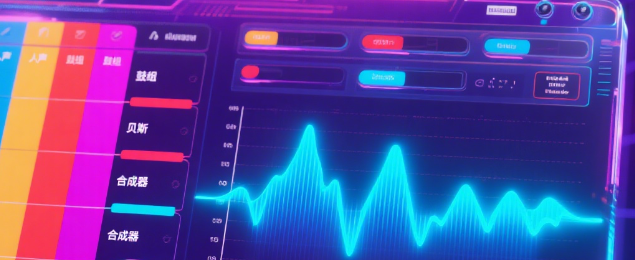Z.ai officially announced the open-source visual language model GLM-4.5V. The model is a leader among open-source models of its size, covering 40+ public benchmarks and focusing on multimodal visual reasoning capabilities. The GLM-4.5V is based on the GLM-4.5-Air base and adopts a 106B-parameter MoE (Expert Hybrid) architecture, continuing the "thinking" technical route of GLM-4.1V-Thinking and providing online experience and API access.
1. Model Positioning and Technical Route
Open- source VLM for general visual reasoning and multimodal agents.
- Based on the GLM-4.5-Air, the total MoE parameters are about 106B and the active parameters are about 12B.
- Introducing "Think/Fast Mode" switching: flexible trade-off between deep inference and response latency.
- Continue to use GLM-4.1V-Thinking's scalable reinforcement learning and reasoning paradigm.
2. Scope of capabilities and typical tasks
- Image understanding and multi-image reasoning: scene understanding, cross-graph alignment, and spatial relationship inference.
- Video comprehension: long video segmentation, event recognition, time-indexed explanation.
- Documents and tables: long document reading, OCR, table extraction, chart parsing.
- GUI/Agent scenario: Operation planning such as screen reading, element positioning, clicking/swiping, etc.
- Grounding: Precise targeting and layout understanding.
3. Benchmark performance and scale positioning
- Officials say that it has achieved a leading position in open source models of the same size, covering 41–42 public benchmarks.
- Key indicators cover image Q&A, video understanding, OCR/DocVQA, chart Q&A, spatial and front-end understanding, etc.
- The goal is to strike a balance between "reproducible verification + engineering usability" rather than just chasing scores.
4. Open form and usage
- Open source weights and model cards: Provide standard and FP8 variants for easy inference and deployment.
- Code and Evaluation: Open repositories and examples to help Transformers get started quickly.
- Online Experience and API: Provides web conversations and official platform APIs, supporting multimodal input.
- Licensing and ecology: Open source licenses are adopted; Supporting evaluation repositories, demo spaces, and community discussion boards.
5. Implementation suggestions (engineering perspective)
- Resource planning: It is recommended to use online API/FP8 pilots for MoE large model deployment, and then evaluate local multi-cards.
- Evaluation and calibration: A/B with our own samples, focusing on the robustness and analysis accuracy of long documents.
- Security and compliance: Add desensitization, redlining, and data trace policies for OCR/document scenarios.
- Observation and playback: Record inputs, outputs, and thinking trajectories (if any) for easy retrospective and continuous optimization.
- Combinatorial paradigm: Combine with retrieval/tool calls to build end-to-end multimodal agent workflows.
Q&A FAQs
Q: Is GLM-4.5V open source? What is the license?
A: It is an open source model, and the model card is marked as licensed by MIT.
Q: What modalities are supported?
A: Support input of images, videos, text, and files; The output is text and can be accompanied by structured information such as bounding box coordinates.
Q: How to experience it quickly?
A: You can directly use the official website for online conversation; You can also experience it through the official API or the Hugging Face Demo.
Q: How to get started with local reasoning?
A: Transformers examples and reasoning scripts are officially provided; An FP8 variant is also available to reduce memory pressure. Production environments can go through the API first and then evaluate the cost of self-hosting.
Q: Relationship with GLM-4.1V-Thinking?
A: Inherit its "thinking" training and reasoning ideas and effectively scale on a larger MoE architecture.
Hugging Face (GLM-4.5V Model Card)
https://huggingface.co/zai-org/GLM-4.5V
GitHub (GLM-4.5 Series & Dock Description)
< a href="https://github.com/zai-org/GLM-4.5" rel="noopener noreferrer" target="_blank">https://github.com/zai-org/GLM-4.5
Online Experience (Chat)<
a href="https://chat.z.ai" rel="noopener noreferrer" target="_blank">https://chat.z.ai




